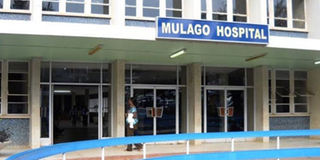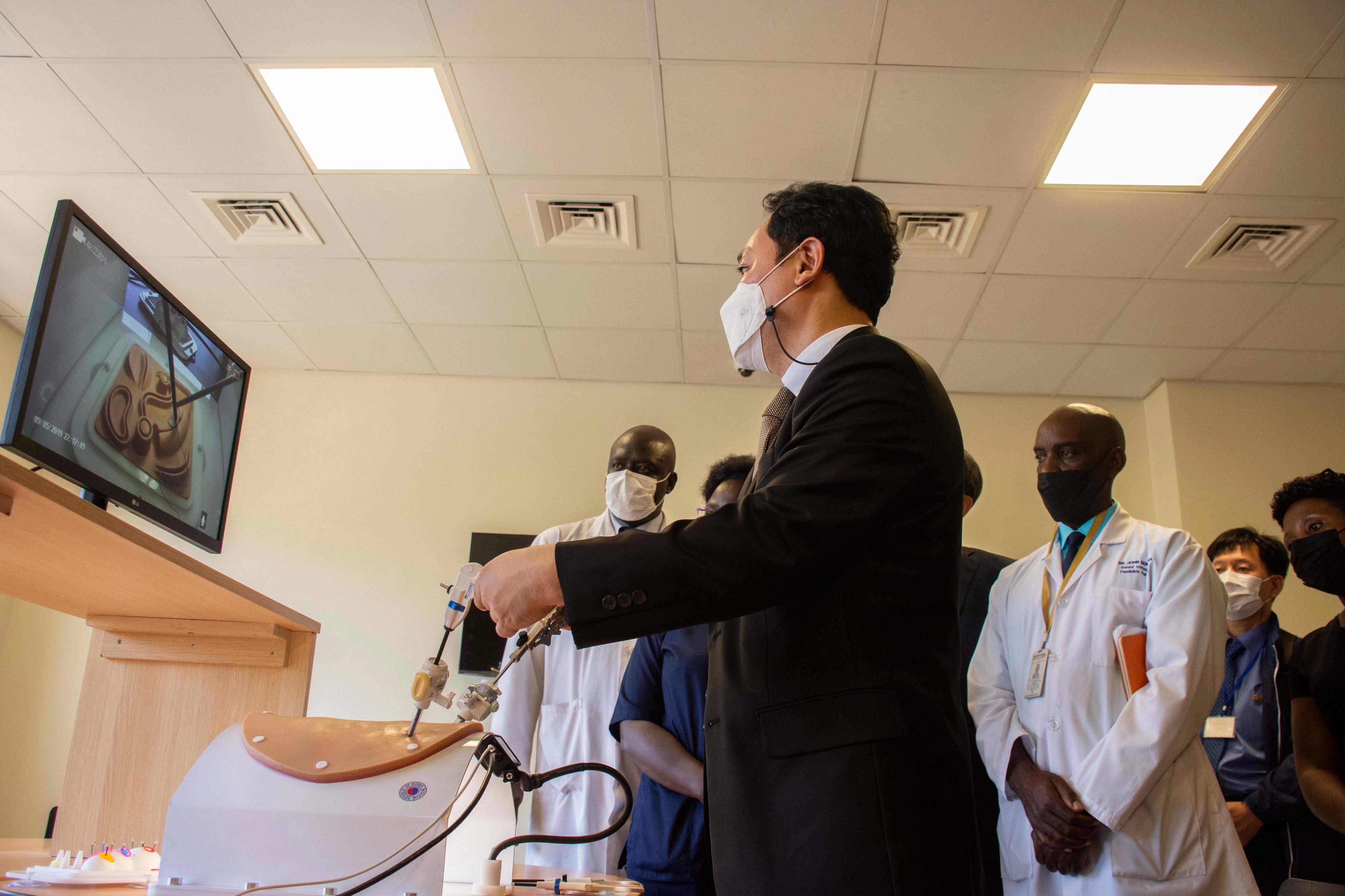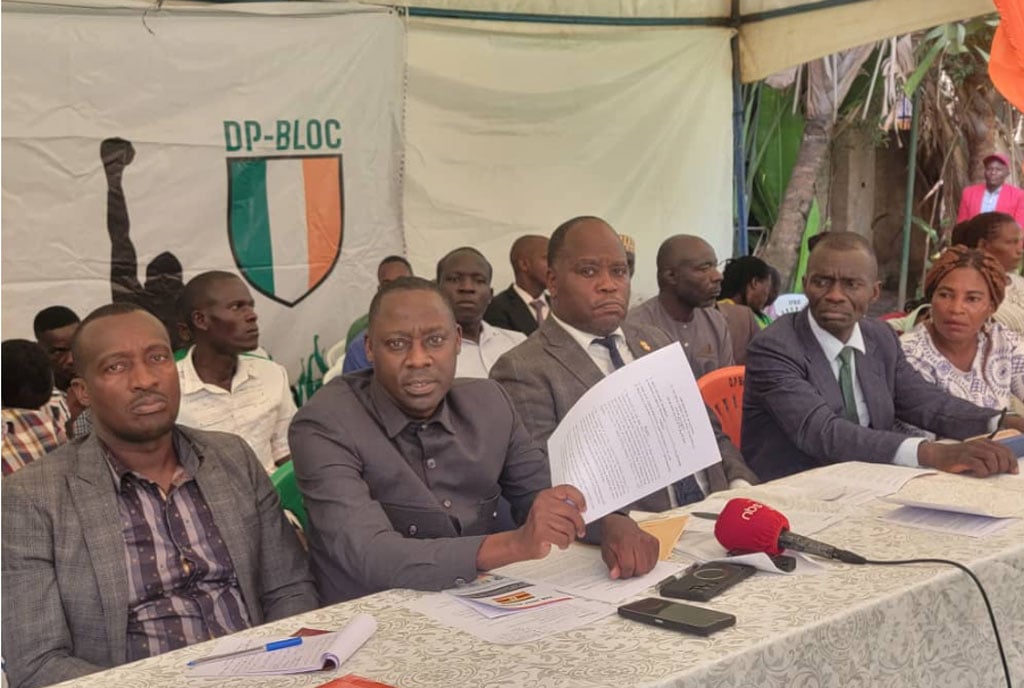Mulago’s key machines break down

Mulago Hospital building. At least 40 essential medical equipment for disease detection and patient management at Mulago National Referral Hospital are non-functional. Photo | File
What you need to know:
- The country’s apex public health facility is undergoing infrastructure upgrade despite some of the works being behind schedule, and some of the broken machines were installed five years ago.
At least 40 essential medical equipment for disease detection and patient management at Mulago National Referral Hospital are non-functional, according to the Auditor General and sources within the hospital.
The country’s apex public health facility is undergoing infrastructure upgrade despite some of the works being behind schedule, and some of the broken machines were installed five years ago.
Uganda Medical Association (UMA), the national umbrella grouping of doctors, said shortage of equipment for diagnostics and curative care pushes patients to seek services from more expensive private facilities.
As a result, according to the medical officers, patients who cannot afford drop out of treatment, seek less-effective alternatives or die.
The Auditor General in a report covering 2022 indicates that among the ‘dead’ devices are Magnetic Resonance Imaging (MRI) machine, which cost Euros1.2m (Shs5b) and plain X-ray machine.
MRI is a non-invasive technology that produces three-dimensional body features to help in detection, diagnosis and monitoring of progress of treatment, according to the United States National Institutes of Health, while high energy electromagnetic beams from X-rays penetrate opaque bodies to reveal abnormal masses or tumors.
Other equipment that are broken include ventilators and electronic suction machines for supporting breathing, blood pressure machines and patient monitors.
“I carried out an assessment of a sample of 463 key medical equipment in the hospital and noted that 46 were non-functional, four semi-functional and 413 are functional,” Auditor General John Muwanga notes in the report.
He warned that the absence of such essential medical equipment presents a “daunting task for the medical workers” in the effective execution of their duties and “compromises the efficiency” of the workers.
In an interview with this newspaper, Mulago hospital’s acting Executive Director Dr Rosemary Byanyima, while admitting the problem, said machines do break down but they keep repairing them.
Dr Byanyima blamed the non-functionality on the incomplete renovation works at the facility and limited funds for maintaining the equipment.
“All machines were installed in 2018; some machines may break down like any other machine. And we are lobbying the government to increase funding to maintain the machines because if you buy hi-tech equipment, you need more money to maintain them. The government is giving little money to maintain the equipment,” she said.
She didn’t specify the amount they receive from the government for maintaining equipment each year, but other hospital sources said the institution gets Shs6b out of Shs10b.
Mulago hospital management last week expressed concern to Parliament over a proposal to slash the facility’s medical equipment maintenance budget by Shs3b from the Shs8.2b provisioned in the 2023/2024 Budget Framework Paper.
Dr Herbert Luswata, the UMA secretary general, said unless the chronic maintenance underfunding is addressed, Ugandans should not expect diagnostic and curative care equipment to be functional.
“The non-functional equipment affects the diagnosis. When you get a patient, after taking their history and examining them, you need to do investigations and this includes an accurate and timely diagnosis,” he said.
He added: “But most of the time, we are forced to refer the patients to private facilities and then they come back with results. But some investigations are a bit expensive, so when you send them out for diagnosis, they don’t return or sometimes they return on a later date when their condition is even more severe. Some of them die. Around 50 percent of the patients who come to Mulago hospital cannot pay for some of the diagnoses.”
MRI scans cost around Shs400,000 to Shs700,000, depending on the facility, the amount which is too high in a country where 34 percent of the population, according to 2020 World Bank records, live on less than Shs7,250 a day.
The scan, according to Dr Zeridah Muyinda, a nuclear medicine physician heading the Radiology Unit of Mulago hospital, is used for diagnosis and monitoring a patient’s disease.
Dr Muyinda said: “we do a number of investigations ranging from the head, chest, abdomen and genital-urinary system. We diagnose infections and tumours (some cancerous)”.
“The unit is currently under repair. When functional, the unit can handle 3000 patients per year,” he said.
Dr Muyinda denied claims that the hospital lacks specialists to operate certain machines. “We have a nuclear medicine physician, technologists and nurses and a radio pharmacist and a medical physicist. We have eight staff at the moment.”
The expert said patients who present to them check for breast cancer, thyroid problems, and kidney or other internal organs diseases.
Dr Charles Ayume, chairman of the parliamentary Health Committee, said the lack of functional equipment hampers plans to start organ transplant at Mulago hospital.
Uganda enacted an organ transplant law and the government intends to have the referral hospital pioneer the treatment and cut back on expensive treatment abroad.
“In anticipation of the organ donation and transplant drive, we looked at the Renal Unit of Mulago hospital; the two theatres and we looked at the Intensive Care Unit (ICU) and we were impressed by the equipment there,” he said.
Dr Ayume added: “We also looked at the imaging where we were able to look at the X-rays, ultra-sounds, mammogram, CT scan and Magnetic Resonance Imaging (MRI) machines. However, here, we were a bit worried because the machines are not functional to full capacity, especially the MRI.”
The MRI machine is also used to determine the compatibility of the donated organ, according to scientists. Mr Hussein Kassim, a kidney patient at Mulago hospital, said he started dialysis in January last year as he hopes for a kidney transplant.
Mr Kassim said he cannot afford the cost of travelling out of the country to do a kidney transplant.
He told this newspaper that he spends Shs200,000 per visit to access care at Mulago National Referral Hospital, an amount he will have to pay until machines at public hospitals are restored.
“I think I got kidney problems because of the medicine which I am taking. I have been taking medicine for diabetes for 20 years. After diabetes, I developed high blood pressure. The service here is excellent. I pay Shs200,000 per visit,” he said.
Dr Ayume said that for an MRI to function optimally, it has to be in a room which is air-conditioned.
“Now Roko has not completed most of the work, especially air conditioning and IT systems. Roko has not completed works to the tune of Shs13b. This includes plumbing, that is why there is no water sometimes at the hospital,” he said.
Dr Byanyima said they cannot engage engineers to service the MRI machine until Roko Construction Company complete the renovation and suitable room for the equipment.
The rehabilitation works stalled due to cash flow problems and high debt burden that Roko encountered, leading it to run to government that in July 2022 approved Shs207b for the firm as equity.
“When I call the engineers to service the machine, I want to start working, yet I cannot order the radio nuclei because the lifespan is two weeks only,” said Dr Byanyima, “It is until everything is in place that I will want to put in place everything I want to.”
Last week, Prime Minister Robinah Nabbanja told Parliament that they are addressing the issues of non-functional equipment at Mulago hospital.
“Mulago hospital benefited from renovation (project). Roko was contracted to renovate and upgrade that hospital up to 2018. I don’t know what forced Roko not to work because I remember we handled Roko here,” she said, referring to the bail-out cash.
She added: “The CT scan, the MRI, the mammogram and many other machines (at Mulago hospital) have not been functional because of the room where they were placed; these engineers placed them badly.”
The premier said she met the hospital officials and the contractors, and agreed that the machines will be installed when Roko completes the behind schedule rehabilitation
Roko officials by press time had not responded to our email inquiries at their request last week.
However, Finance ministry links the “delayed completion of works … to various factors including inadequate planning and cash flows, and low mobilisation (materials, equipment and personnel) by the contractor”.
“Expiry of equipment warranties due to delayed completion of civil works and utilisation of delivered equipment [and] poor workmanship characterised by terrazzo, wall finishes and vinyl floor failures in some floor sections of the hospital [also affected the completion of works],” a budget monitoring report for 2020 reads in part.
According to Dr Byanyima, incomplete works have stymied cross-cutting actions.
“When the installation of electric systems was incomplete, that cuts across. This is the same for water systems,” she said.
She added: “The other issue is the integrated hospital management system and IT system; the intercom is not working and that means people (staff) have to use their airtime to call people in other wards and remember this is a very big institution and the issue can be sorted with intercom. The access control is part of the installations.”
The access control system would also help the hospital to monitor duty attendance and patient flows.
“You heard of the allegation that people (private facilities) may be bringing in samples from outside to be tested [for free] at Mulago hospital and they take back the results,” Dr Byanyima said.
“So, how would you monitor? If we had IT backbone in place and we installed our integrated hospital [information] management system, then when you come to the outpatient [department], you are given a number, then you are sent to the lab, your number would be there and it would be in the system,” she said.
She added: “So, any sample that comes from out can be easily identified because they won’t be having our [unique patient] numbers.”
Equipment and use
MRI: Scans and creates clear images of the structures inside the body using large magnet radio waves and a computer for diagnosis and monitoring disease/treatment progression.
Plain X-ray machine: Creates the simplest medical images for disease diagnosis, helping to spot, among others, tumors and growth of abnormal mass in the body.
Mammography system: This specific X-ray equipment is used exclusively for breast imaging to detect diseases such as cancer.
Standalone autoclave: Uses steam under pressure to kill harmful bacteria, viruses, and fungi to prevent hospital-acquired infections and contamination of the environment.
Patient monitors: Measure, record, and display various patient parameters such as heart rate and rhythm and blood pressure.
Glucometer: Used for checking blood glucose levels for managing diabetes.
Digital and manual Bp machines: Measuring blood pressure.
Haematology analyzer: Determines the general health of a person by counting and identifying blood cells at high speed with accuracy.
Humidifier: Adds moisture to the air to prevent dryness that can cause irritation in many parts of the body.
Electronic suction machines: Primarily used for removing obstructions such as mucus, saliva, blood, or secretions from a person’s airway.
Mechanical ventilators: This is a type of therapy that helps you breathe or breathes for a patient when they can’t breathe on their own.
Washing machine, Garment ironing machine and Pressing machine: Protect doctors and patients from cross-infection by cleaning and ironing clothes or garments used in hospital wards.




